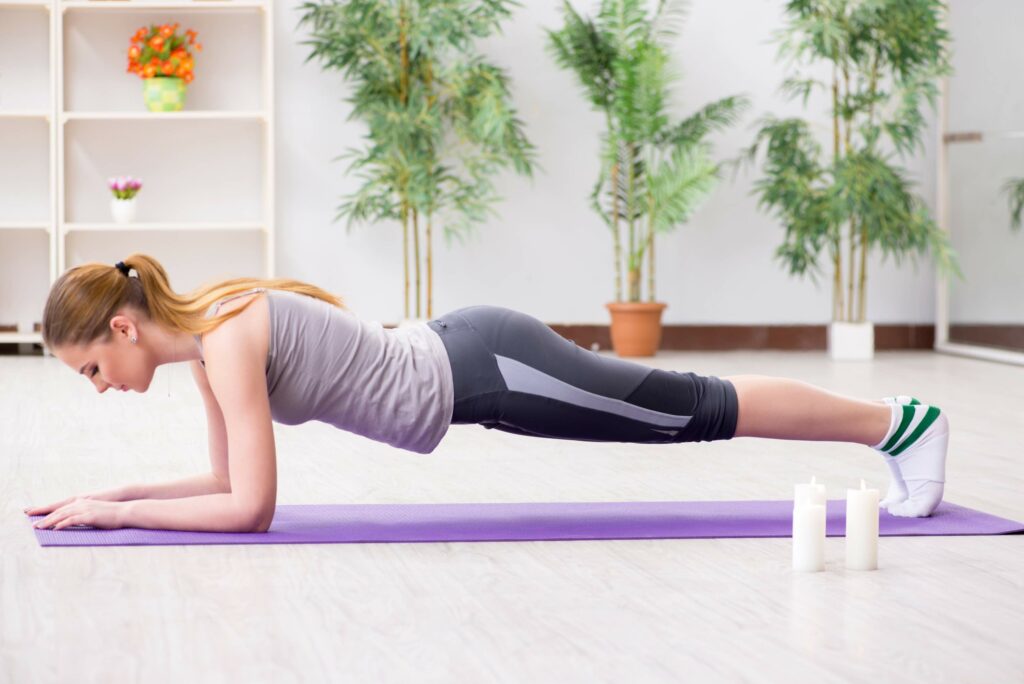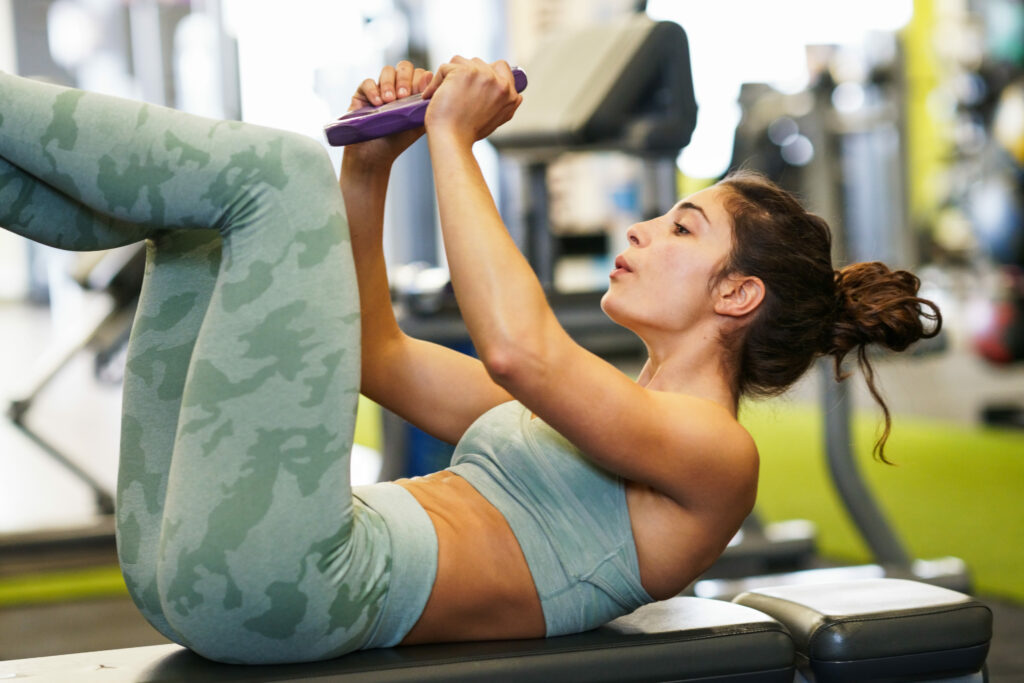Why sit-ups are not the best choice for training

Sit-ups are probably the best-known exercise when it comes to training the abdominal muscles and core. But they have fallen into disrepute and have some disadvantages. Orthopedists even advise against them. In fact, there are better exercises for a strong core. Read on…
There are better exercises than Sit-ups
The fact that sit-ups were part of the fixed training repertoire for so long is actually astonishing. You only have to look at the movement sequence once. You press the curved spine firmly into the ground. You are doing the exact opposite of what is good for the back. The hip flexors are also used as auxiliary muscles. They increase strength, pull on the lower spine, and change the statics. This can lead to complaints in this area.
Why Sit-ups are bad for the back
To classify sit-ups even better, it is also worth looking at the muscles in the abdominal area. The deep-lying muscles serve to stabilize the trunk and support breathing. The middle layer is responsible for rotation. Neither the deep nor the middle layer benefits from the exercise. If you train with the rectus abdominis muscle, you only train the upper layer.

The better exercises are planks
Probably the best exercise for the core is the now trendy plank position. This exercise aims directly at stabilizing the body’s core. Tensing the muscles strengthens the trunk, back, leg, hip, shoulder, chest, and buttock muscles. And all this with a spine in its naturally curved s-shape. Another advantage: you can vary plank exercises well. So it is possible to address many muscle groups around the core. Beginners can hold the plank position for 3 x 20 seconds. Advanced users can also hold 3 x 30, 40, or 60 seconds. However, it is also essential to maintain correct posture at all times.
The respective pros and cons
So should you actually give up sit-ups entirely now? Let’s take a closer look at the pros and cons:
Benefits of Sit-ups:
Sit-ups target the abdominal muscles, particularly the rectus abdominis muscle. At the same time, other muscles are also used for stabilization, especially the hip flexors.
Disadvantages of sit-ups:
As mentioned earlier, sit-ups exert high compressive forces on the intervertebral discs and vertebral bodies, especially in the lower back. In addition, studies show that too much stress increases the rate of injury.
Benefits of Crunches:
Crunches work the six significant muscles of the abdomen as well as the leg muscles. Plus, you can adapt them to your individual performance level. You can also perform them with a medicine ball to increase their effectiveness.
Disadvantages of crunches:
Crunches train the abdominal muscles, but they are also a strain on the spine. Crunches are also known to strain the neck or cervical spine if the head is not kept in a neutral position throughout the movement.

Benefits of Planks:
Planks engage not only all abdominal muscles but also glutes and leg muscles. Muscle activation is nearly twice as active as a regular sit-up. When performed correctly, Planks are safe and do not place unnecessary stress or compression on the spine. In addition, the plan can be completed in different variations to increase or decrease difficulty and target other muscles.
Disadvantages of Planks:
If you have problems with your elbows, shoulders, or feet, it can negatively affect proper execution. If you have weak core muscles, you may also find it challenging to hold the position for more than a few seconds. Again, this can harm your performance development.